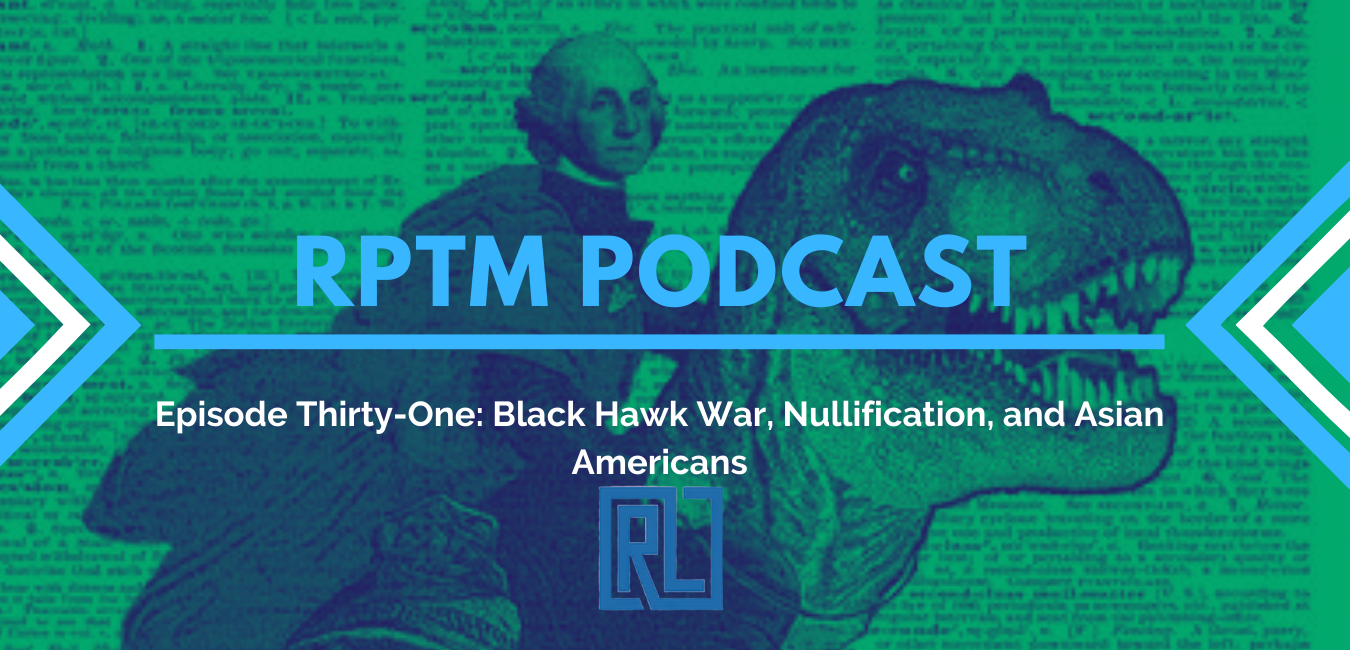|
Most people think that there is no such thing as certainty in the realm of history, but only varying degrees of plausibility. Therefore, it is not satisfactory to use the category of "proof" for historical matters. Historical science is different from other sciences, especially from most natural sciences, concerning its object and its methods and ways of proving and its forms of collecting data and presenting results. It is, therefore, inadequate to apply categories used in natural science for historical investigations. When we talk about events, we need to distinguish between various aspects of them. One of the most fundamental distinctions, as far as events are concerned, is between the basic "what?" of an event, as opposed to questions related to its "how?" or inquiries related to its "why?" The category of "fact" does exist in contemporary historical science. Knowledge about "facts," however, includes the notion of "certainty" as a necessary corollary. Questions about historical events need to be investigated and answered based on evidence. Evidence usually is a "witness" of some kind or other, as an eye-witness report, a piece of ceramics, a coin, etc. The degree of certainty will, among other things, depend on the number of available witnesses. A single witness will be taken as a piece of decisive evidence only with great caution in historical science. The more the single source has proven credible, the more one will need to take it seriously. Even if there is more than one witness, the problems connected with the search for historical truth are not solved automatically, particularly when the witnesses contradict each other. There is always the possibility that one or more witnesses may err, or even lie – or, in fact, all of them may error lie. Because single or multiple witnesses may err or lie, it is necessary to cross-examine witnesses, in analogy to how witnesses are cross-examined in a courtroom setting. The reliability of each witness must be assessed by considering possible defects, biases, and tendencies of an author or by investigating the value of other statements issued by the same author concerning other events. Suppose the net of independent evidence for an event and its context is tight enough. In that case, a point of absolute certainty will be reached, where developing an alternative scenario becomes impossible. For example, the murder of Caesar or the murder of MLK. But even if the "what?" of such events will be absolutely sure, things still look different concerning the "how?" and, often, even more, the "why?". The result: Is there "proof" in history? According to what we have pondered so far, we may conclude: Something is proven in history if several independent, reliable witnesses concur in their witness, and if the event can be understood as a meaningful element in a comprehensive course of events. More or better proof, or a different kind of proof, is not available for every occasion, at least in all eras of history before the introduction of live-recording technologies. HIGHLIGHTS
CHAPTERS 0:37 Intro 4:12 Black Hawk War 11:02 Nullification Crisis 14:09 Unique American Style 25:36 Afong Moy 36:18 Outro RESOURCES Black Hawk War The South Carolina Nullification Controversy Edgar Allan Poe Ralph Waldo Emerson The Life of Afong Moy, the First Chinese Woman in America
0 Comments
Leave a Reply. |
AuthorRyan Lancaster wears many hats. Dive into his website to learn about history, sports, and more! Archives
April 2024
Categories |


 RSS Feed
RSS Feed